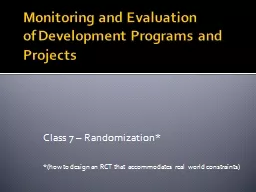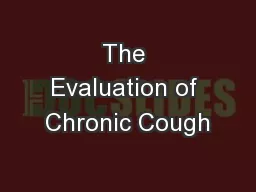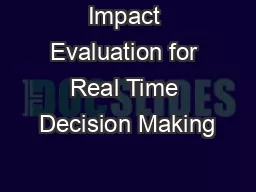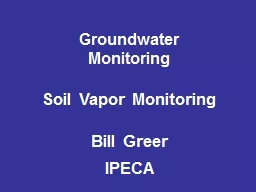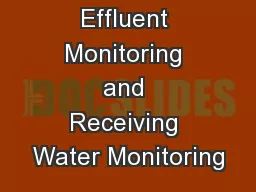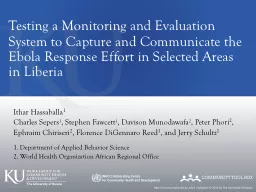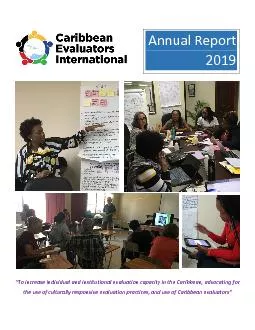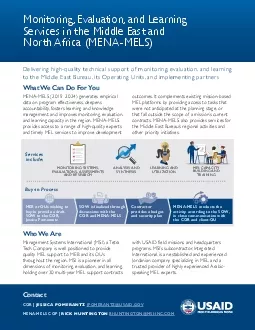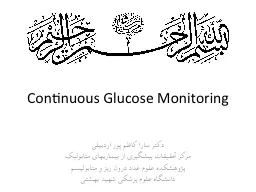PPT-Monitoring and Evaluation
Author : alexa-scheidler | Published Date : 2018-02-05
of Development Programs and Projects Class 7 Randomization how to design an RCT that accommodates real world constraints Randomly sample from area of interest
Presentation Embed Code
Download Presentation
Download Presentation The PPT/PDF document "Monitoring and Evaluation" is the property of its rightful owner. Permission is granted to download and print the materials on this website for personal, non-commercial use only, and to display it on your personal computer provided you do not modify the materials and that you retain all copyright notices contained in the materials. By downloading content from our website, you accept the terms of this agreement.
Monitoring and Evaluation: Transcript
Download Rules Of Document
"Monitoring and Evaluation"The content belongs to its owner. You may download and print it for personal use, without modification, and keep all copyright notices. By downloading, you agree to these terms.
Related Documents

